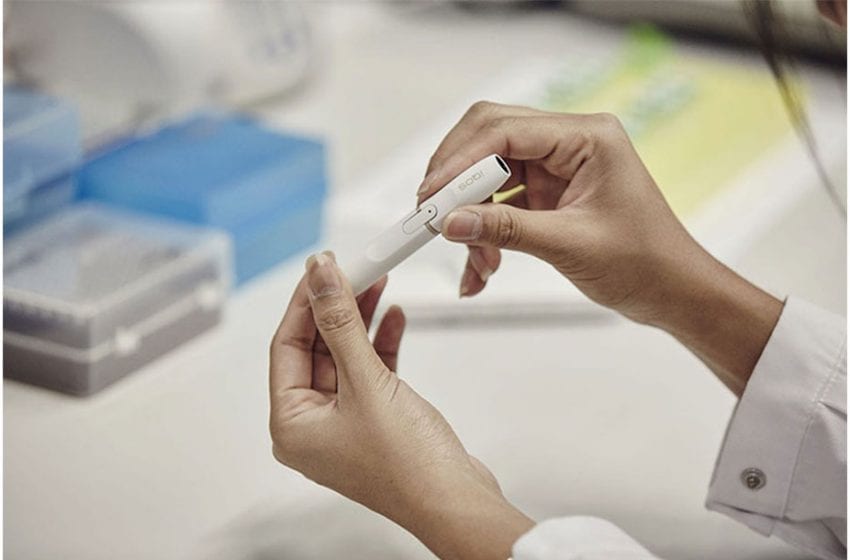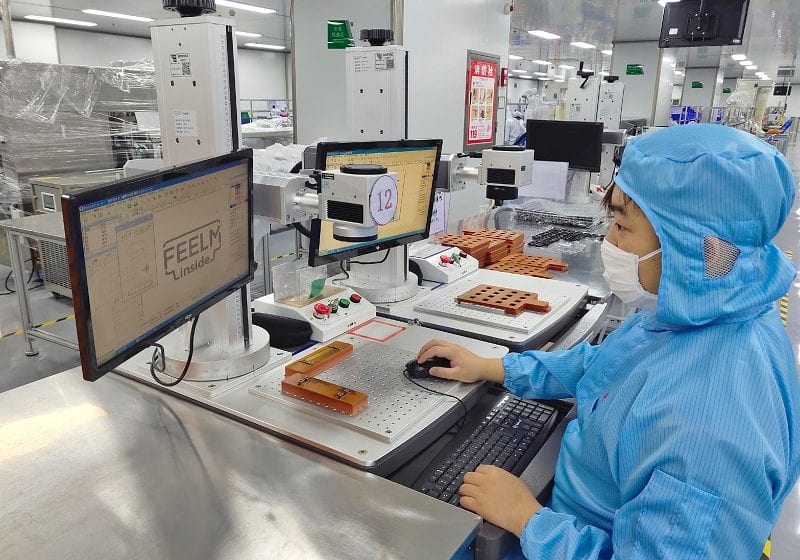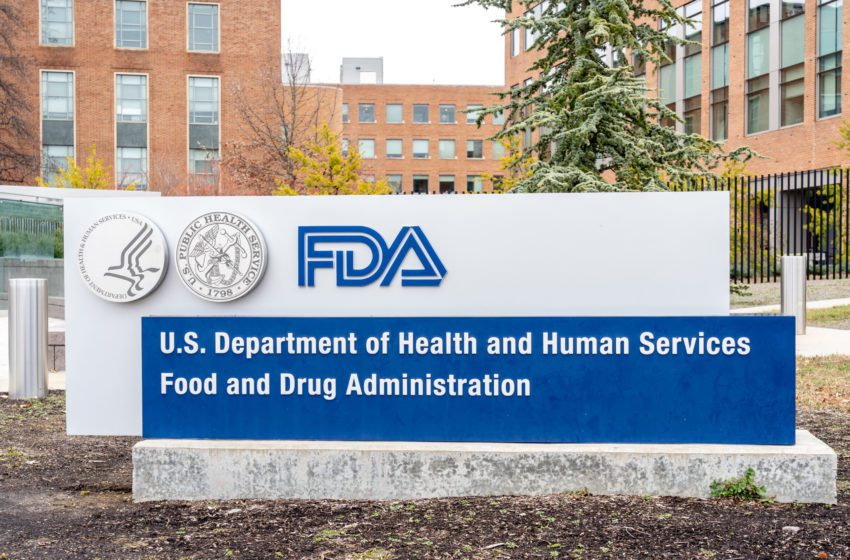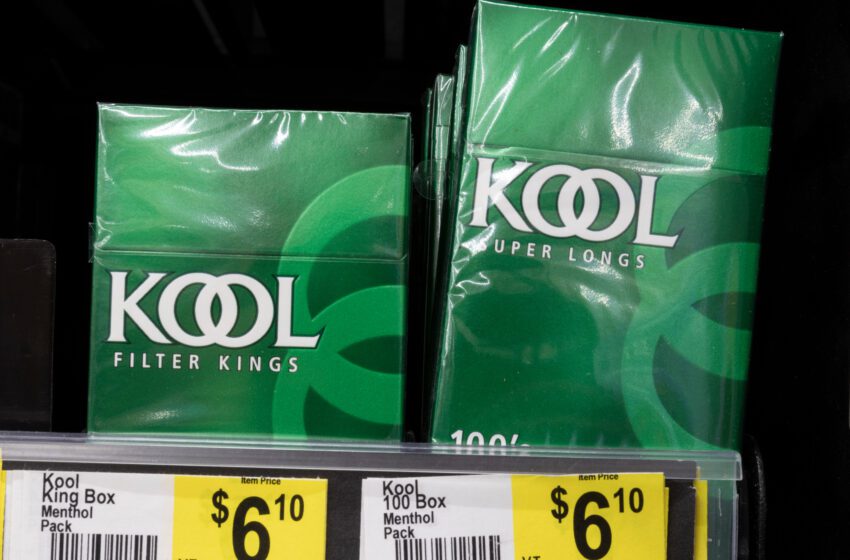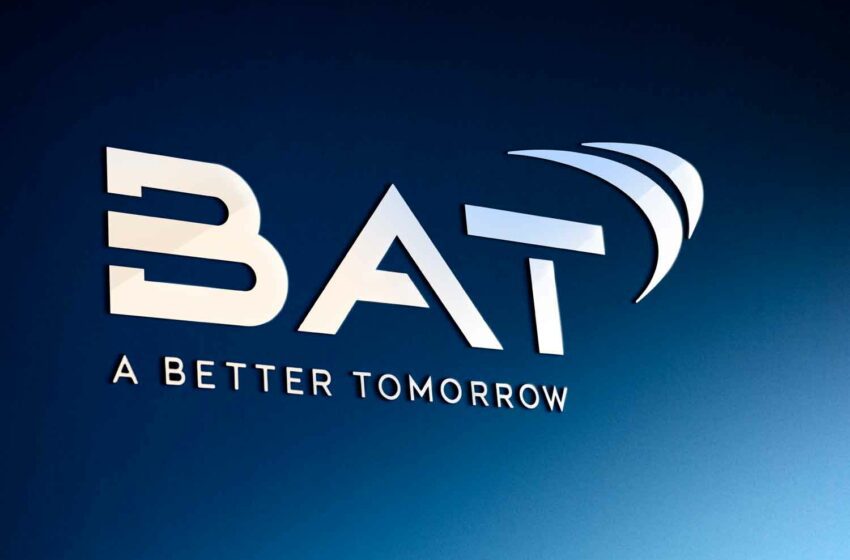
Professional research institutions can help nicotine companies carry out surveys that they may be reluctant to conduct themselves.
By Neil McKeganey and Gabe Barnard
In the 2012 Hollywood action thriller Zero Dark Thirty documenting the hunt for Osama Bin-Laden, there is a scene in which a CIA lead outlines to the president’s national security advisor the agency’s latest intelligence identifying the occupant of a fortified compound within Pakistan as possibly being the Al-Qaeda leader. On leaving the meeting and fearing that the proposed raid on the compound will have been rejected because of the risks involved, the CIA lead asks the national security advisor a critical question: Alongside the risks of the operation itself, what, he asks, are the risks of doing nothing? That scene underlines a fundamental of public policy, namely the importance of addressing both the risks of interventions as well as the risks of failing to intervene.
And so with the tobacco industry. When it comes to tobacco products, there are few more sensitive matters than youth use of the products involved. In the world of manufacturing, selling, studying, treating and preventing tobacco consumption, the simple fact that the use of these products typically starts in the teen or preteen years makes youth use of tobacco products a hugely impactful issue. For decades, the tobacco industry has been reluctant to initiate research on teenage and underage adult use of their products, fearing that they may be accused of harvesting sensitive data on young people that may, in time, be used to market their products. While the risks of industry-supported research on youth are understandable, the risks of not undertaking that research are increasingly important.
The consequences of initiating tobacco product use in the teen and preteen years, and of embedding a behavior that may last many decades, resulting in serious adverse health consequences, are too serious to disregard. Those involved in tobacco control, those with an interest in regulatory action and those involved in the media are all hugely interested in the results of research reporting the extent and determinants of teenage tobacco product use.
By removing itself from research in this area, the tobacco industry repeatedly finds itself having to respond to accusations that its products are indeed being widely used by young people. By failing to support research in this area, the impression may be conveyed that industry as such are either uninterested in teen use of their products or frightened at what that research might show. That fear is understandable. If there was any doubt about the potential impact of reports of teen use of tobacco products, then think only of the fate that has befallen Juul, Puff Bar and Elf Bar. Each of these companies have been characterized as a major driver of youth vaping, and each of them have paid the price as a result.
The ground is now changing in relation to the tobacco industry studying or supporting research in this area. There is, for example, Altria’s Underage Tobacco Use Study, gathering data on youth and underage adult use of a range of tobacco products. Not only has Altria overcome their own anxiety around research in this area, but in an extraordinary act of transparency, they have opened up the data from this study to external agencies and researchers. Similarly, other major tobacco companies are now actively considering how to undertake or support research in this area. There are multiple benefits that are likely to flow from this change. By collecting data on which products are being used by youth and young adults, tobacco companies can make a contribution both to tackling teenage tobacco use and utilizing such information in their own applications for regulatory approval where the research identifies those tobacco products that are not being used by youth and underage adults. Research in this area can help companies by providing “early warning” data on which of their products are being used by youth in which parts of the country, thereby better equipping the companies with data that can help them tackle the problem of underage tobacco use.
In the face of a growing willingness to support youth research, the tobacco industry will still face notable barriers. Along with the large cost of undertaking research involved, there is also the fact that few in the industry have experience of undertaking research with young people.
In both these regards, the industry can benefit from the services of professional research institutions. The Centre for Substance Use Research in Glasgow, Scotland, for example, collects detailed information on the extent to which specific named tobacco products and brands are being used by young people in the U.S. through its Tobacco Product Prevalence Survey (TPPS).
The results of this survey have already assisted a number of companies in their submissions under the premarket tobacco product application process in the U.S. Because the TPPS study is funded by the research center rather than tobacco companies, the accusation that industry is harvesting data on young people, or that commercial interests are biasing the results, cannot be applied.
In time, we will see more of the output of industry-supported research, with the results of that research hopefully changing the perception of an industry that while profitable is reluctant to ask the question of how widely their products are being used by young people.








